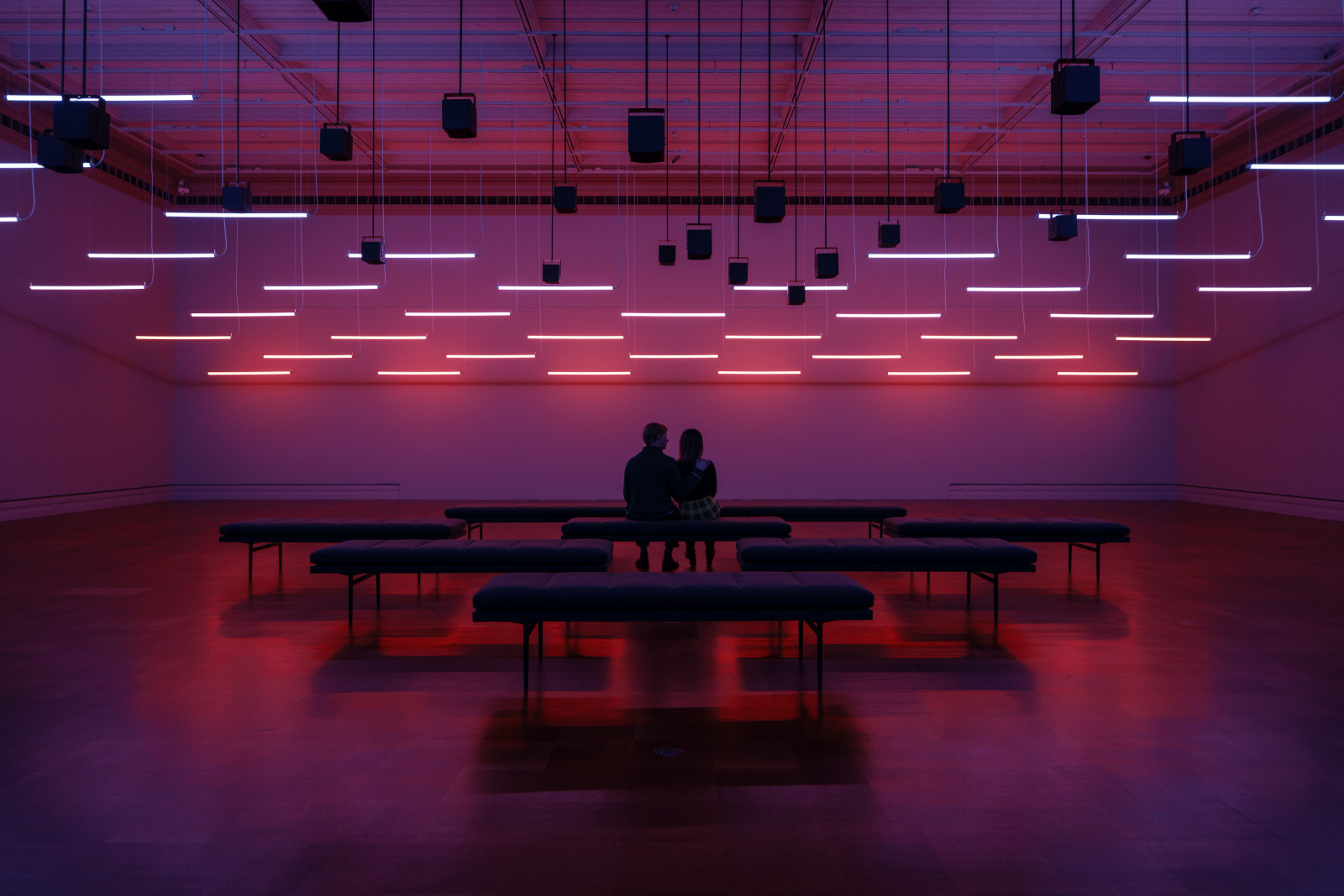Double Tube with Looped Trails and Basket Handle
Double Tube with Looped Trails and Basket Handle
Place of OriginRoman Empire, Palestine
Date6th to early 7th century
DimensionsH: 9 1/16 in. (24.2 cm); Diam (body): 1 13/16 in. (4.6 cm); Diam (handles): 1 7/8 in. (4.8 cm)
MediumGlass; free blown, tooled, trailed decoration
ClassificationGlass
Credit LineGift of Edward Drummond Libbey
Object number
1923.1303
Not on View
DescriptionThis free-blown, tooled glass vessel with trailed decoration, classified as a Double Tube VIIIG2a, consists of two flattened tubular compartments that narrow toward the waist, then broaden slightly above the base. The top of the dividing wall is recessed into the interior. The hollow rim is folded inward and downward. The glass is transparent light olive (near 10 Y 5/4) with similarly colored translucent handles, trails, and thread. The vessel is made of medium thin glass with a pontil mark about 1.8 cm in diameter. The fabric cannot be determined because of weathering.
The body is pinched once lengthwise. Four looped trails are applied to the outside corners of the body at an angle to the dividing wall, touched down to the body four times (for one trail, five) to form five or six curling loops, and attached to the rim. A three-dimensional triple-tiered curving basket handle, made from five separate coils with U-shaped or flattened sections, connects the looped trails. The first tier consists of two parallel cross-elements, one applied to the top of the looped trail at the right front angle and attached to the looped trail at the left front angle, and the other spanning the rear left and right corners. The second tier consists of two similar parallel cross-elements arching on the left side from front to back and on the right side from back to front, attached to the upper outside edges of the lower elements. The third tier is formed by a single coil applied to the top of the right coil of the second tier and attached across the top of the opposite side. Excess glass at the tips of the handles and trails is drawn back against them.
From the lower to the upper body, at least eleven revolutions of thin thread are applied first downward then upward from right to left, beginning just left of the front left looped trail. The thread decoration was applied before the body was pinched.
6th to early 7th century
6th to early 7th century
6th to early 7th century
5th-6th century CE
6th to early 7th century

Membership
Become a TMA member today
Support TMA
Help support the TMA mission





